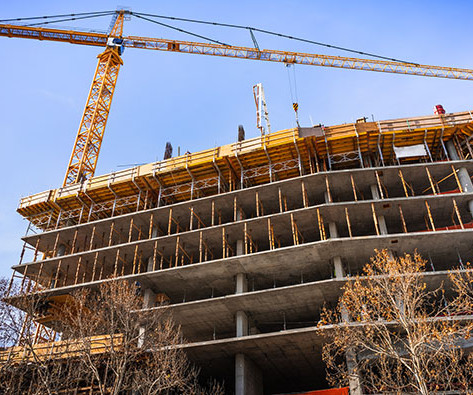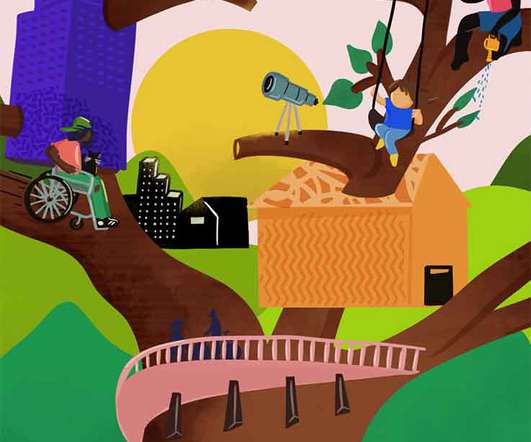Lifting a Powerful Policy Lever for Housing Justice
Stanford Social Innovation Review
JUNE 15, 2023
By Tiffany Manuel & Dana Bourland What if government, the philanthropic sector, and community advocates could pull a policy lever and advance housing, climate, and racial justice all at once? Public comment ended in April 2023, and HUD will likely release the final rule sometime later this year. But we’re not there quite yet.











Let's personalize your content